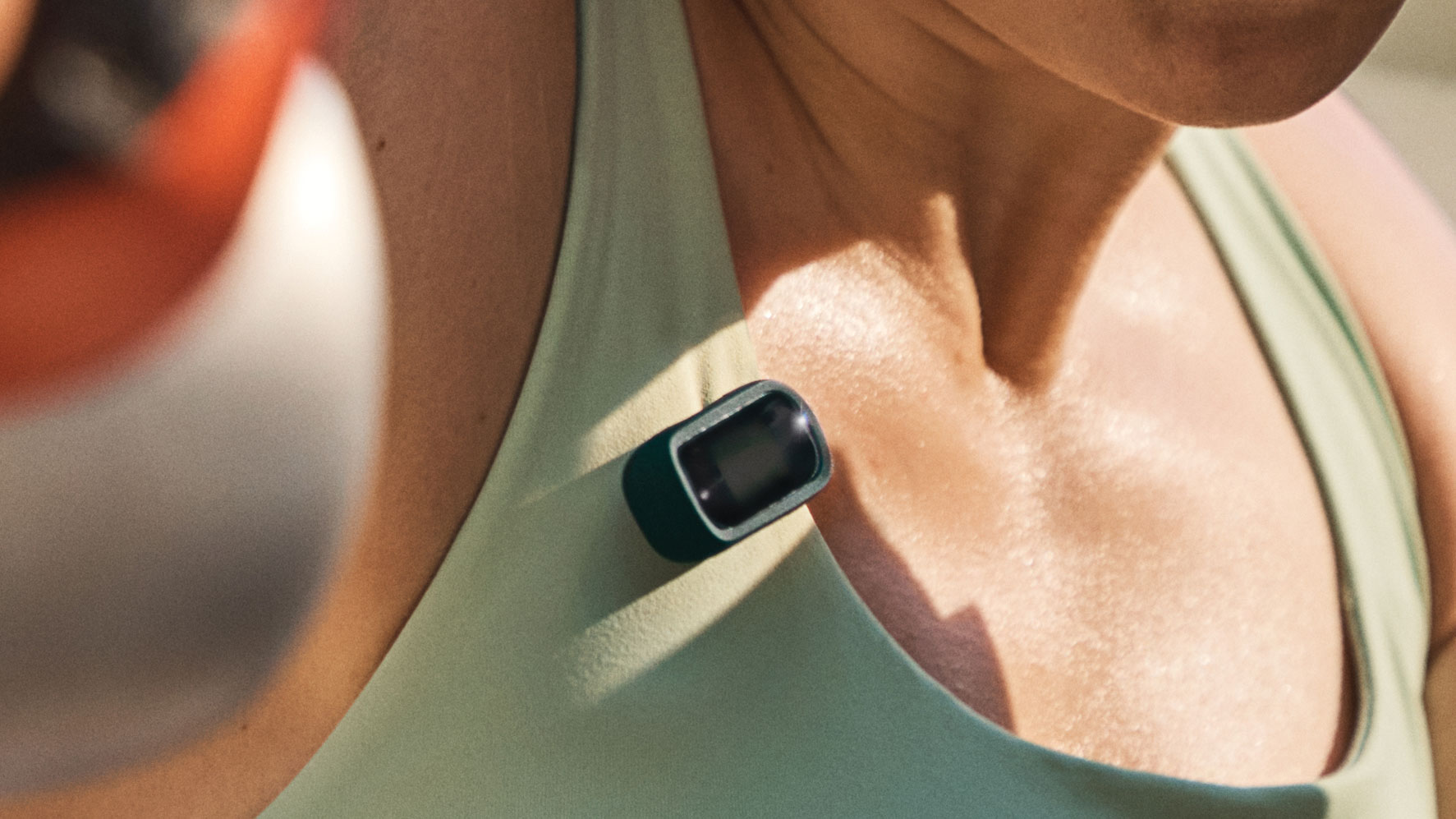Fitbit cut something major from the Inspire 3, and I'm not happy
It slashed a good chunk of the device’s value

Out of the three new Fitbits unveiled this week, the Fitbit Inspire 3 is absolutely my favorite from a design perspective. I love the introduction of the Luxe-style pebble structure for the Inspire 3, even though it means the Luxe is likely to be eventually phased out. The addition of a clip accessory adds versatility to the Inspire 3 unit, allowing it to be separated from the band while still being usable.
However, there’s something I really don’t like about it, and it’s an extension of my biggest problem with Fitbit as a whole. It’s the Fitbit Premium paywall, which I’ve always tolerated even when other devices such as Garmin offer their comparable companion app services for free. Fitbit Premium has historically been very good, despite a string of recent PR mishaps.
In the past, the Fitbit Inspire range was the cheapest way to get started using Fitbit’s excellent, beginner-friendly services. It wasn’t just because the unit itself was reasonably priced and frequently discounted during major deals events, but that the Inspire 3’s predecessor, the Inspire 2, came with a free year of Fitbit Premium, which would normally cost $9.99/£7.99/AU$15.49 per month, although you can save a few months by buying a yearly subscription.
The Premium service allows Fitbit users to get access to a variety of features including your Daily Readiness Score, Sleep Profile and actionable sleep tips, historic graphs of your activity, heart rate, sleep data, stress levels, and over 1,000 workouts, recipes and guided meditations.

It’s a genuinely good service, but as some of your device’s best features are tied up with Premium, you’re effectively adding the cost of the subscription to the value of the device.
All Fitbit devices come with a six-month free trial of Premium, but the Fitbit Inspire 2 was unique in offering one year of the service free. Combine with being the cheapest Fitbit, the bundled subscription made the Inspire 2 a good value package. The Fitbit Inspire 3, on the other hand, only offers six months in line with the rest of the range, which effectively adds an additional $40, £40 or around AU$70 to the cost of the fitness tracker.
When you look at it like that, the Fitbit Inspire 3 stops looking like such a great deal, and starts looking a little overpriced for what it is. Billed as the cheapest, entry-level tracker to nudge you towards a healthier life in a sustainable way, the materials aren’t premium, with the metal casing of the Luxe’s pebble replaced by plastic, and lacking many of the features of Fitbit’s other trackers such as the Lux and Charge 5. The Garmin Vivosmart 5, which usually retails around $150, is a one-time payment including the free Garmin Connect service.
Sign up for breaking news, reviews, opinion, top tech deals, and more.
I love the radical overhaul of the Fitbit Inspire 3, but the lack of value in this package means I’d probably recommend the Garmin or other competitors, even cheap bands, over this smart fitness tracker that locks you out of its best features unless you pay a premium. If you’ve not used Garmin Connect before, you can see our five favorite Garmin Connect features here.

Matt is TechRadar's expert on all things fitness, wellness and wearable tech.
A former staffer at Men's Health, he holds a Master's Degree in journalism from Cardiff and has written for brands like Runner's World, Women's Health, Men's Fitness, LiveScience and Fit&Well on everything fitness tech, exercise, nutrition and mental wellbeing.
Matt's a keen runner, ex-kickboxer, not averse to the odd yoga flow, and insists everyone should stretch every morning. When he’s not training or writing about health and fitness, he can be found reading doorstop-thick fantasy books with lots of fictional maps in them.